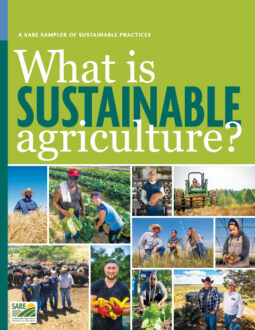A simple way to think about sustainable agriculture is that it involves producing enough food and fiber to satisfy today’s needs without compromising the ability of future generations to do the same. Farmers and ranchers who value sustainability embrace three common goals while running productive operations:
- Profit over the long term
- Stewardship of our nation’s land, air and water
- Quality of life for farmers, ranchers, farm employees and our communities
To achieve these sustainability goals, a farmer typically views their operation as an integrated system, meaning they recognize how all of its parts are related to one another. For example, we may talk about “farming with nature” or promoting biodiversity in order to take advantage of ecological processes that improve crop and livestock production. Having a systems perspective can also mean thinking beyond the farm gate when making important management decisions. For instance, raising livestock in a pasture-based system has a positive impact on local water quality and can lead to sales opportunities among consumers who value grass-fed products.
Because farms and ranches everywhere are incredibly diverse, there’s no “one-size-fits-all” approach to sustainability—what works on one operation can vary to the next one. However, in this publication we’ll identify some of the most common practices that can enhance sustainability for all farms, and we’ll share examples of how producers around the country are putting them to use.
Sampler of Proven Practices
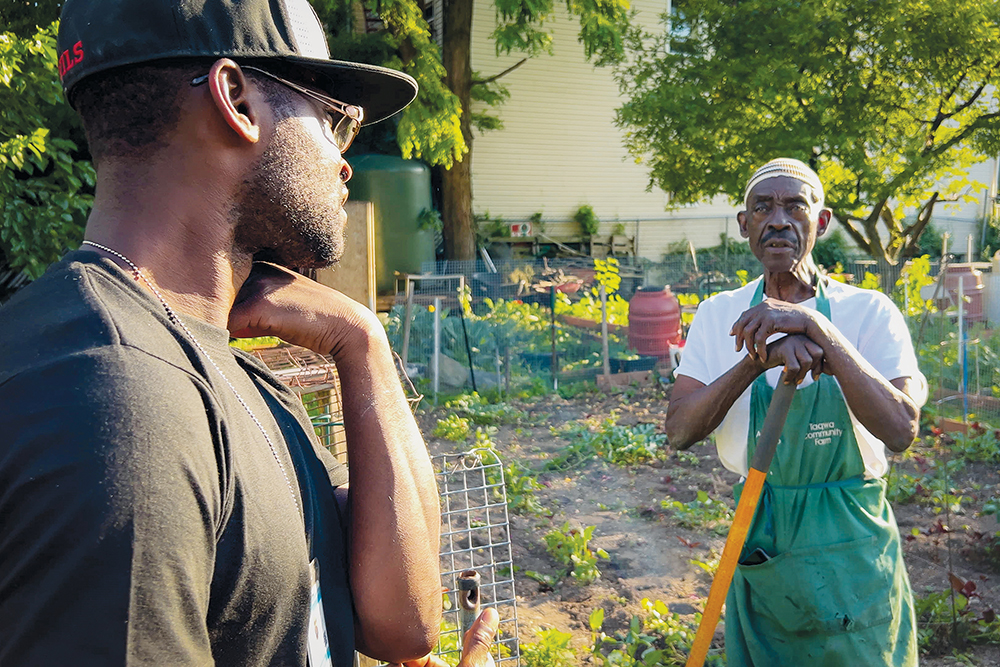
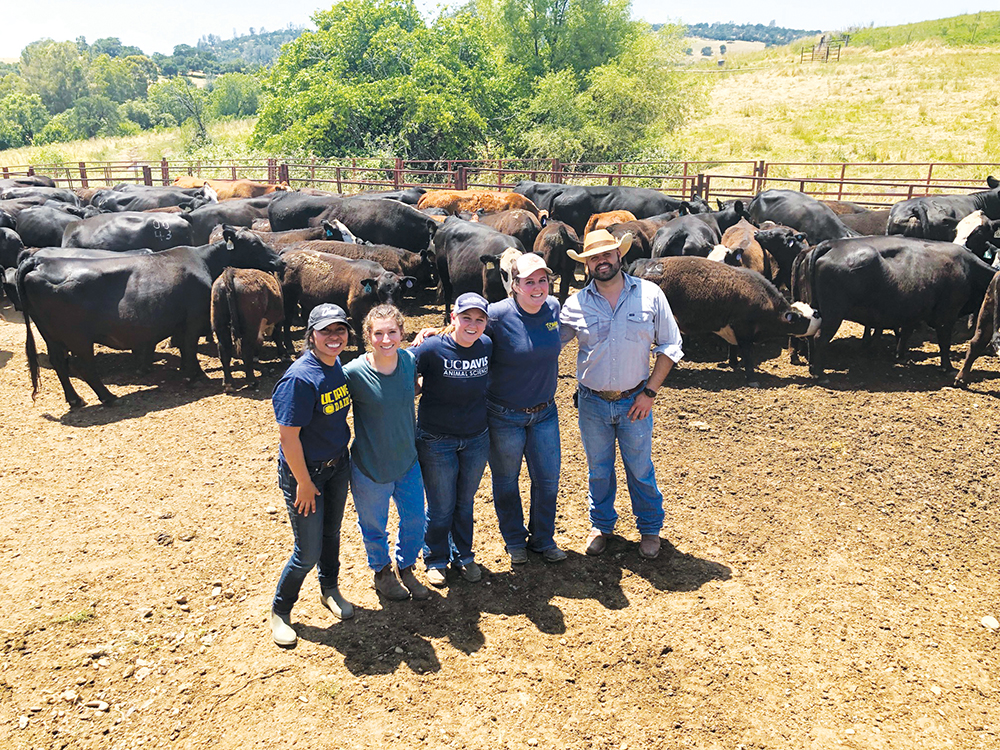
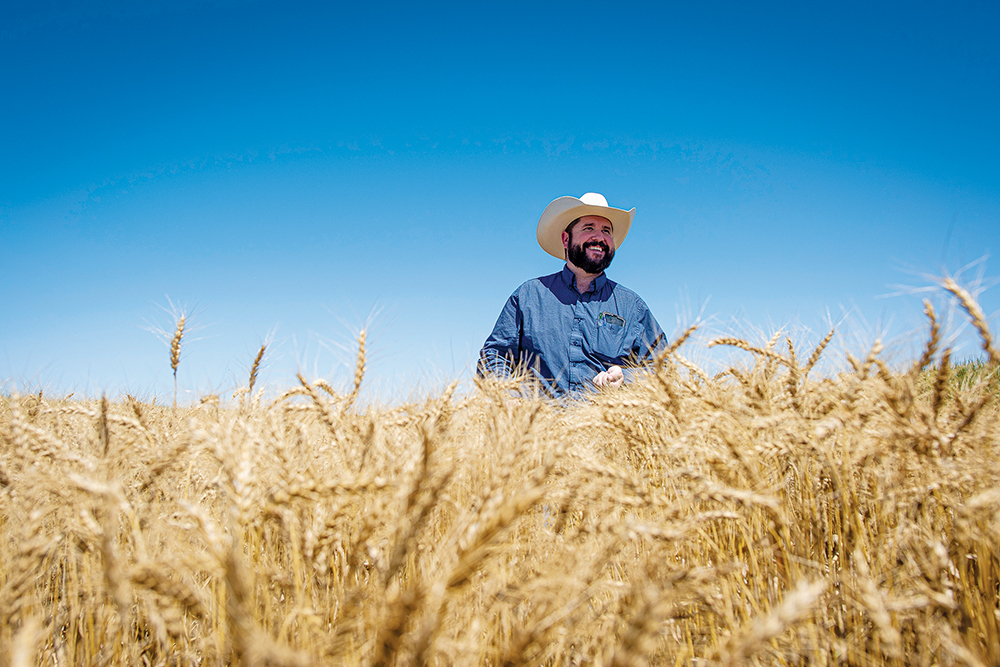
It’s impossible to list all the innovative and varied ways that farmers and ranchers improve sustainability, so consider our list below a sampling, not a prescription, of proven practice areas. We dedicate a page of this publication to illustrating each practice area in more detail. Find in-depth information on these topics and others in Resources and Learning.
Climate Resilience
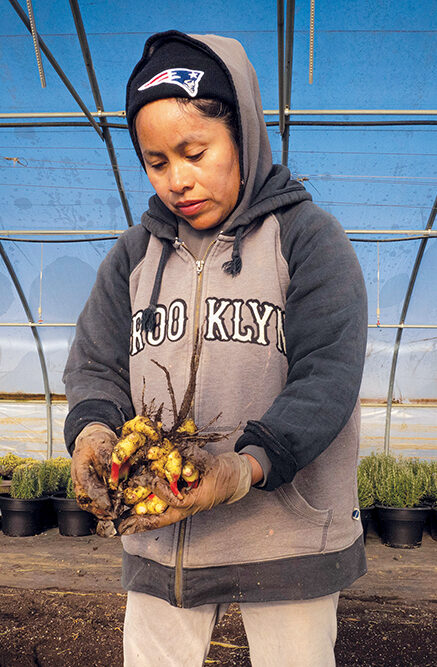
Conservation tillage systems, manure management, alternative energy and climate adaptation strategies, such as enterprise diversification
Soil Health
Cover crops, reduced tillage, crop rotation, organic matter additions, management-intensive grazing
Livestock Health and Husbandry
Preventive health practices, stress reduction, reduced use of antibiotics/hormones, breed selection, animal welfare
Community Vitality
Sustainable agriculture contributes to vibrant communities and regions and satisfying livelihoods for farmers, ranchers, and others in the food system.
Health and Wellbeing of People
Support for mental and physical health, workplace safety, fair compensation, social networking, interpersonal skills
Ecological Pest Management
Crop rotation, beneficial organisms, integrated pest management (IPM), pest identification and scouting, soil health practices
Biological Diversity
Wildlife and pollinator habitat, agroforestry, riparian buffers, crop/livestock integration, mixed species grazing, heirlooms and heritage breeds
Innovative Technologies and Enterprises
Precision agriculture, alternative energy systems, interseeders, new marketing channels, niche products, value-added processing
Other Related Terms
There are many popular terms used to describe approaches to farming that are similar in both spirit and practice to the concept of “sustainable agriculture.”
Organic agriculture is one of the most common, but it is distinctly different. Unlike sustainable agriculture, organic falls under a certification program of the USDA with clearly defined regulations that largely focus on both the elimination of synthetic inputs and the use of practices that promote soil health, biodiversity and animal health. Farmers who are certified organic will sometimes say they “go beyond organic” when they embrace sustainable practices that are outside the scope of the National Organic Program.
Regenerative agriculture is another term that has become popular in recent years, and it doesn’t have a standardized definition the way that organic does. The concept has arisen largely in response to the extreme effects of climate change and the degradation of natural resources that are vital to healthy farming systems. Proponents of regenerative agriculture tend to emphasize practices that increase biodiversity on farms, including the use of perennials and livestock integration, as well as ones that improve soil health, such as cover crops and reduced tillage. The focus tends to be on sequestering atmospheric carbon and improving the conservation of natural resources, such as soil, air, water and wildlife habitat.
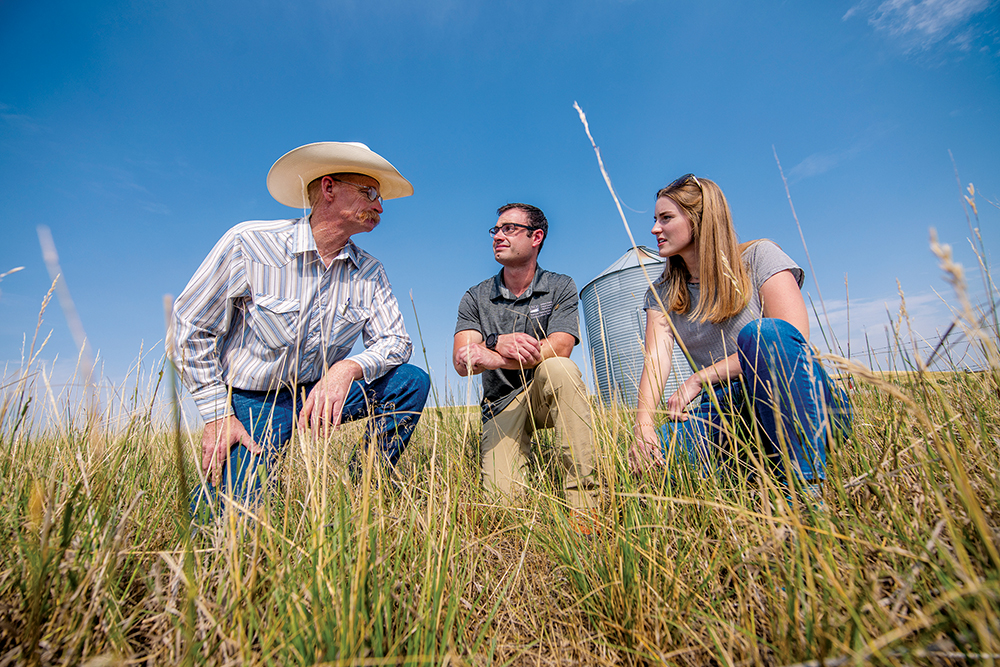
Our Emphasis on Farmer-Driven Research
Because no two farms or ranches are exactly alike, it's not always easy to know how principles and practices of sustainability might work from one operation to the next. The expertise of producers is invaluable when coming up with innovative, practical and sustainable solutions to agricultural challenges. This is why SARE's grant programs emphasize applied research that takes place on working farms and ranches, and that engages producers as valued collaborators.
Visit our database of project reports to learn from the experiences of the thousands of SARE grantees since 1988.
In addition, we publish these practical guides for researchers and educators:
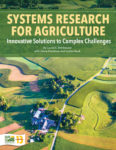
Systems Research for Agriculture
Practical information for researchers, educators and extension professionals seeking to understand and apply systems research to agriculture.
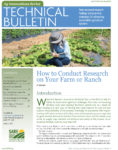
How to Conduct Research on Your Farm or Ranch
This 32-page bulletin outlines how to conduct research at the farm level, offering practical tips for both crop and livestock producers, as well as a comprehensive list of more in-depth resources.
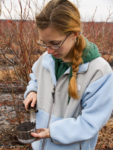
Reading the Farm
Farm educators often have in-depth knowledge of certain components of agriculture, but have few opportunities to see how these components work together to influence sustainability. Reading the Farm brings together educators and experts who share knowledge in the context of working, real-world farms.
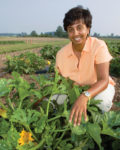
National Continuing Education Program
This program is designed for Cooperative Extension and Natural Resource Conservation Service personnel, and is also open to farmers, ranchers, and other agricultural professionals nationwide. It emphasizes core concepts and a basic understanding of sustainable agriculture, its goals and its relevance to every farming and ranching operation—large or small. The core of the national continuing education program is a series of three online courses. Take them now.
